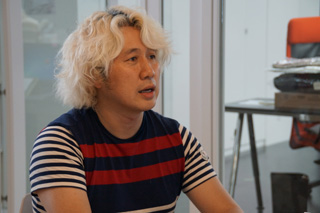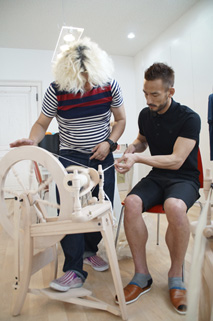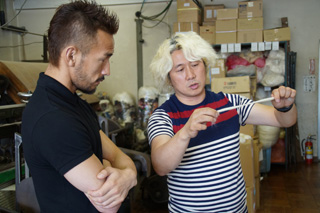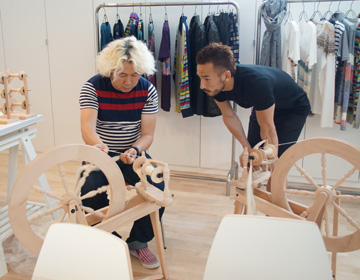The mohair that was considered impossible to produce
In 2009, the inauguration ceremony of President Obama took place as the world watched the first black president take office. First Lady Michelle Obama standing next to him, had on a Nina Ricci mohair cardigan. Little known to the world at the time, the thread for the garment was made in Yamagata, Japan.
The ultra thin mohair that was said to be impossible to make, was made by a company called Sato Seni Co., Ltd. Masaki Sato, president told us, “I wanted to make an original from Yamagata, rather than chase trends. I thought I should make what I wanted to make rather than something that was ordered.“ That passion caught the attention of one of the top brands of the world, leading to worldwide attention.

Materials are the foundation of fashion
Sato Seni was founded in 1932 as a spinning company. Sato’s grandfather industrialized it, and his father’s generation started the knitting business. However in reality, cheaper imported products from China gradually ate into the market as time passed, and he felt compelled to produce unique products not available on the market.
Sato visited craftsmen and farmers around the world, looking for a hint. While he was traveling, he met a manager of a spinning factory who told him “We are not just spinning threads. We are building the foundation of fashion.” That passion fired him up. He collected various materials, made improvements to machinery, and went repeated trial and error. That’s how the world renowned thread “Made-In-Yamagata” was born.

Manufacturing starts on the scene
He exhibited his thread at an Italian thread exhibition, which was merely a dream at first. His first attempt garnered a disappointing response. But then, he was approached by a surprising brand, the famous Nina Ricci. After that, other top brands approached him, stating that they wanted Sato Seni threads, and it soon became a thread that was accepted throughout the world.
Sato also handles the designing of his own brand. ”What’s interesting is that when you know about the material or the machinery, you get a lot of ideas. Ideas where your inspirations are not based on the final product, but the materials that you start with. If you have knowledge about the features and properties of the materials, it allows you to think about what kind of work you may be able to create with it.” He said that many designers in the world create their product ”thinking from the material”.
“As a designer, do you ever think about which thread to use, based on what the design?” “Of course” he answered. “Manufacturing in any genre begins with being out in the field or at the site, and coming into touch with the design or material. It is the same either way.” He answered. The widely acknowledged Made-in-Yamagata came to be, because of this emphasis on the production site.






